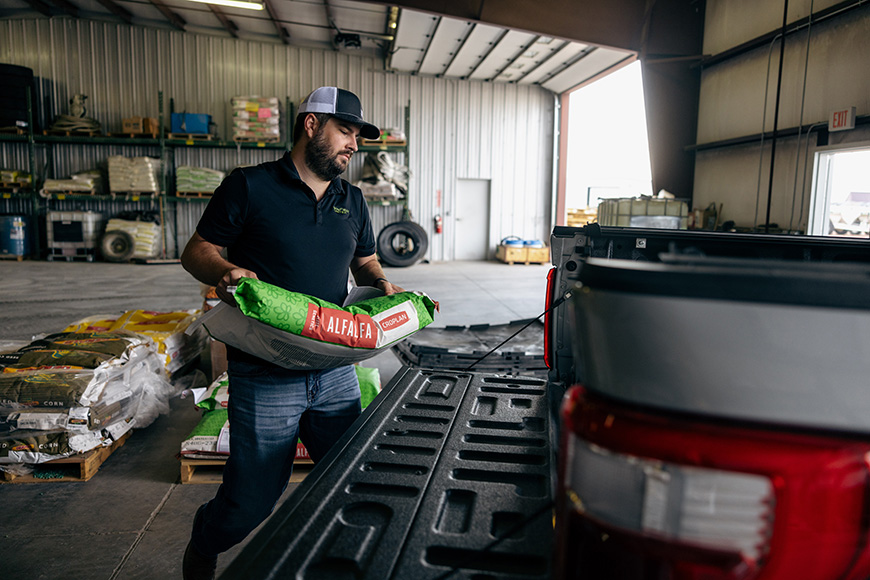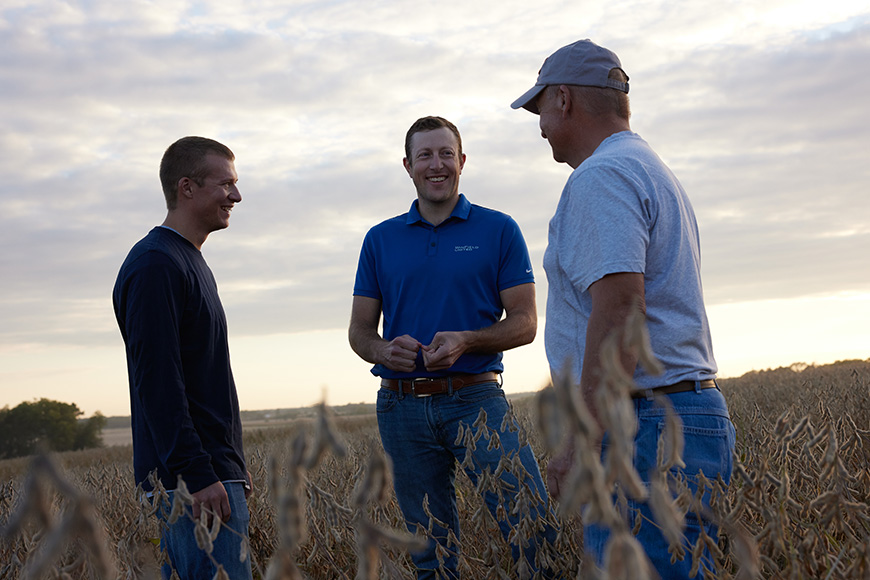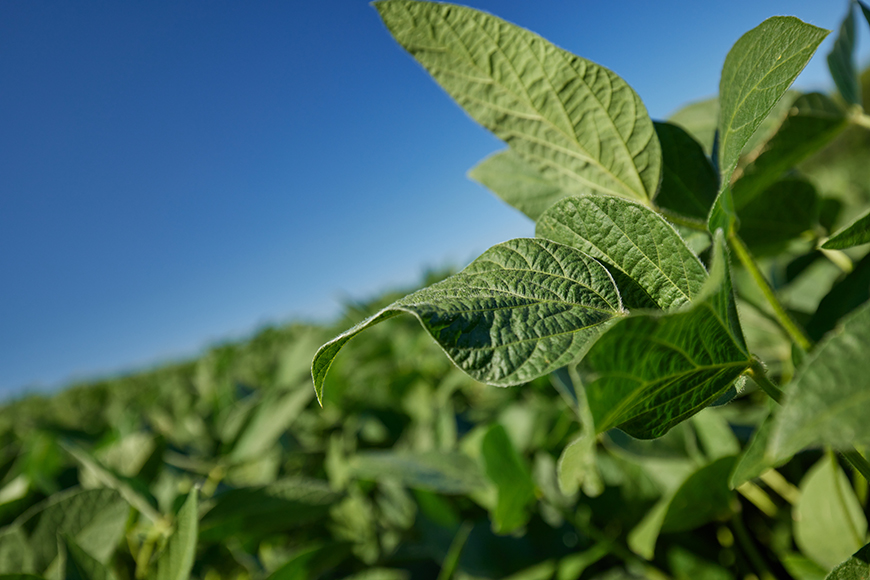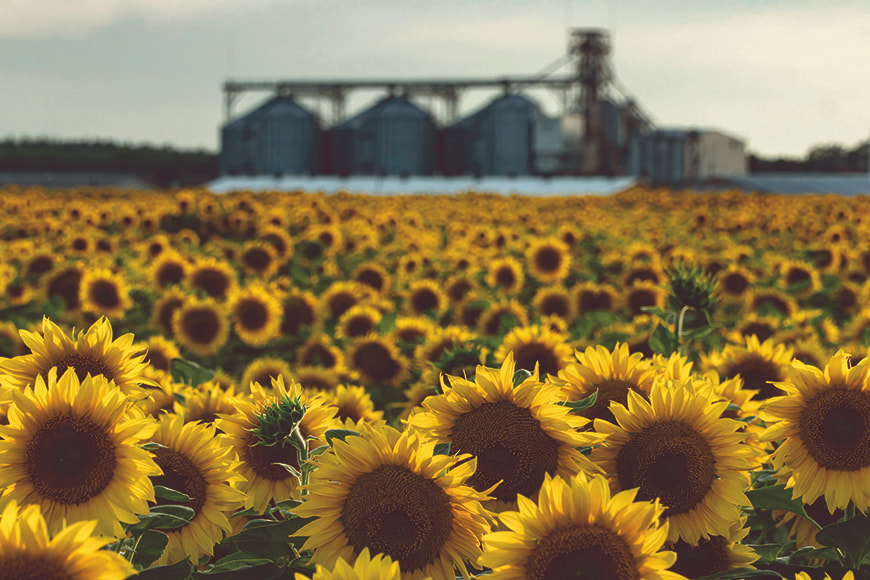6 Tips For Planting Alfalfa
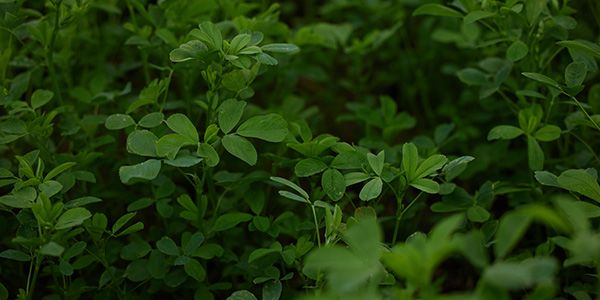
How, when and which varieties you plant are all fundamental decisions that can have large impacts on the yield and quality of your alfalfa by the time it’s ready to be cut. Set your crop up for success with these six tips for successfully seeding your alfalfa fields.
1. Perform a soil test
It’s important to know your soil’s pH, potassium (K), phosphorous (P), sulfur (S) and boron (B) levels. Nutrients are expensive, so don’t guess.
-
pH: A neutral level between 6.8 and 7.1 is ideal.
-
K: 150-170 parts per million (ppm) is a target level for high-yield alfalfa.
-
P: 25-30 ppm is a target level for high-yield alfalfa.
-
S and B: Conduct NutriSolutions® tissue tests and follow guidelines provided by the results.
2. Choose smart seeding dates
Alfalfa has a wide range of recommended seeding dates. In the Upper Midwest, alfalfa fields can be seeded anytime from mid-April through May. For northernmost dairy regions, early June can still be suitable. Like any seed, soil temperatures and soil moisture are two of the most important factors for germination. Seeding too early in conditions that are too cold delays seedling emergence, can result in seed rot and can create potential for poor stand density. Planting too late may not allow enough moisture on the top layer of soil, making it more difficult for alfalfa seedings to emerge.
If you have land available for alfalfa in late summer, optimal seeding dates are July 15 through August in the Upper Midwest and closer to July 15 for northernmost regions. For growers in warmer climates, seeding into early September is acceptable. For summer seeding, plant alfalfa with equipment that places seed in the soil, not on the soil surface, to ensure moisture availability for germination.
3. Control seeding depth
Plant alfalfa seeds three-eighths of an inch below the soil surface. In corn, precision planting is focused on seed spacing. Precision planting for alfalfa means controlling seeding depth. The goal is to establish a minimum of about 30-35 plants per square foot at the end of establishment season. GroZone® plus Advanced Coating® Zn seed treatment contains several components to help plants get off to a fast, healthy start.
4. Check herbicide carryover
Consider the crop you planted in that field last year. If it was corn, soybeans or even wheat, there may still be residual chemistry from that crop, so be sure to know before you grow. Any residual chemistry that is present could inhibit alfalfa establishment. Stunting, uneven stands or outright dead seedlings can be a result of carryover. Plus, the dry conditions of last year may increase the chances of herbicide carryover. Always review the herbicide label regarding alfalfa seeding the following year.
5. Control weeds
Roundup Ready® Alfalfa is an important trait that helps many growers achieve good stands by controlling weeds during establishment when seedlings are vulnerable. The first 30 days of an alfalfa seedling’s establishment are very important. If you don’t have adequate weed control, you can lose stand density and yield. It is difficult to re-establish a thin alfalfa stand, so we don’t want to lose seedlings to weed competition. A fall application of Roundup® on established stands of Roundup Ready Alfalfa is an ideal way to control winter annual weeds in your fields.
6. Try a new variety
CROPLAN® alfalfa varieties HVX MegaTron and new HVX MegaTron AA both have the HarvXtra® reduced-lignin alfalfa trait, which can provide 17% higher neutral detergent fiber digestibility (NDFD) across cuttings compared to conventional varieties.* These new alfalfa variety options give you the flexibility to maintain harvest schedules for improved quality or increase time between cuttings, which can result in improved forage quality, added yield potential and increased stand persistence opportunity.
Several new CROPLAN varieties, including Rebound AA, LegenDairy AA, Gunner AA and RR Aphatron AA, provide enhanced disease resistance against multiple races of Aphanomyces root rot and Anthracnose. Designated with “AA” in the variety name, these varieties provide growers higher yield and forage quality potential from increased plant health. In fact, we are the first and only company to receive patent approval covering alfalfa varieties with resistance to anthracnose race 5 in alfalfa, which is now available in CROPLAN AA varieties.
As in football, the best defense is a good offense. Make sure your alfalfa fields are up to the challenge. Create a game plan to increase your yield and quality potential, and to help make 2023 a winning year.
*Data is an average of CROPLAN® HarvXtra® Harvatron, Megatron and Driver varieties compared to LegenDairy XHD and Hi-Gest® 360, harvested in 2014 and 2015 from Nampa, Idaho; Touchet, Wash.; Boone, Iowa; West Salem, Wis.; and Mt. Joy, Pa.
All photos are either the property of WinField United or used with permission.
© 2023 WinField United. Important: Before use always read and follow label instructions. Crop performance is dependent on several factors many of which are beyond the control of WinField United, including without limitation, soil type, pest pressures, agronomic practices and weather conditions. Growers are encouraged to consider data from multiple locations, over multiple years and to be mindful of how such agronomic conditions could impact results. Advanced Coating, CROPLAN, GroZone, NutriSolutions and WinField are trademarks of WinField United. All other trademarks are the property of their respective owners.



